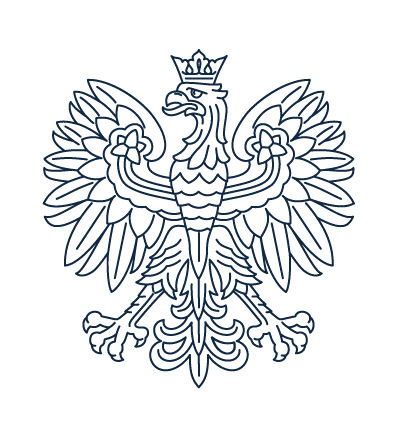DETAILED PROGRAMME REQUIREMENTS
Entrance examintations for candidates who declare the choice of the speciality Rhythmics (master’s degree):
Stage 1. Core subject examinations
1. an interview
The candidate should demonstrate his/her knowledge in the field of rhythmics
2. rhythmics – a practical examination
• a chain of realization of rhythmic themes with 3/4, 4/4 time signature with eighth-note complement
• four-bar rhythmic theme for double tempo
• two-voice polyrhythm, in which one voice is realized by singing
• free movement improvisation to improvised music
3. piano improvisation with voice production – a practical examination
• on-sight improvisation of the accompaniment to a children’s song (performing it with singing and in a transposition by a second)
• knowledge of metric-rhythmic problems (the scope of the material from grades I-III of the primary music school)
• improvisation of illustrative miniatures (forms: ABA, AB, arc form)
• a test of the ability to identify melodic and harmonic structures
• performing a two-voice polyrhythm using elements of polyphony
Stage 2. Supplemental examinations (it does not apply to the candidates who have completed a programme of study in the following fields: artistic education in the field of music and rhythmics within the Polish system of music education)
• harmony – an oral practical examination
1. A proposal of the functional interpretation and harmonization of the provided soprano.
2. Performing harmonization of the provided melody line on the piano (in four-part or any other texture)
3. Performing the provided modulation on the piano (diatonic, chromatic or enharmonic – at the candidate’s option).
4. A harmonic analysis of a musical text fragment (classicism, romanticism – piano literature).
• ear training – an oral practical examination
An aural analysis of complex chord structures and harmonic patterns; voice performance of atonal melody and rhythmic exercises of considerable complexity.
• music literature – a written examination
Identification of an appropriate stylistic period or composer and a brief discussion of problems related to them – based on musical examples.






